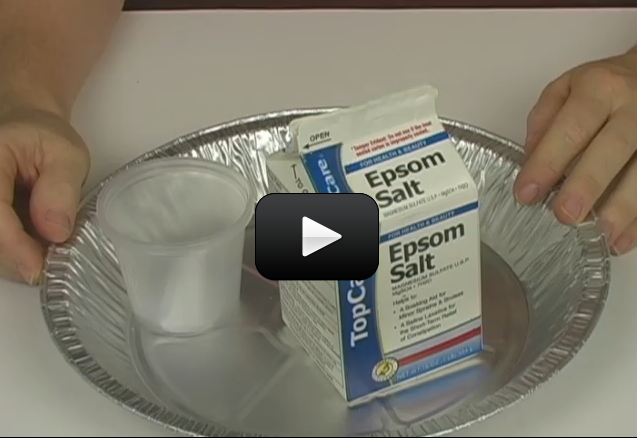Cooling and heating are opposite processes. Cooling is the removal of heat energy from an object or space and heating is the addition of heat energy to an object or space. We use these opposite processes a great deal in our daily lives. For example, in the kitchen we use the cooling provided by a refrigerator to keep food cold. We also use the heat from a stove to cook food.
Nearly 75 percent of the energy used by the average family household in the United States goes for cooling and heating purposes. Air conditioning and refrigeration are the major cooling requirements of a home, while water and space heating are the most important heating requirements.
In the experiments that follow you will learn more about cooling and heating. You will also learn alternative ways of cooling and heating, using such unusual materials as gases, salts, water, and trees.
Please login or register to read the rest of this content.


A baking sheet will be too big and it is difficult to pour from a baking sheet. It is best to use an aluminum pie dish.
Can we use a baking sheet with sides to heat the salt or do we need to only use an aluminum pie dish?
Oops – I made a mistake. Yes, hotter is better as it will dry out the crystals more thoroughly.
In the live class, I thought you said 250 degrees, yet it says 450 degrees in this video. Which is correct?
Student worksheets are right under the videos. Not every experiment has these yet – we are still creating them. There’s about 700 finished right now however!
where is the exercise sheets?